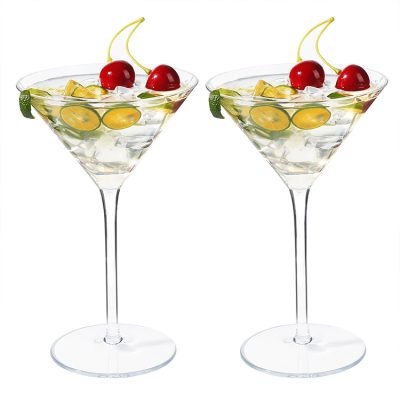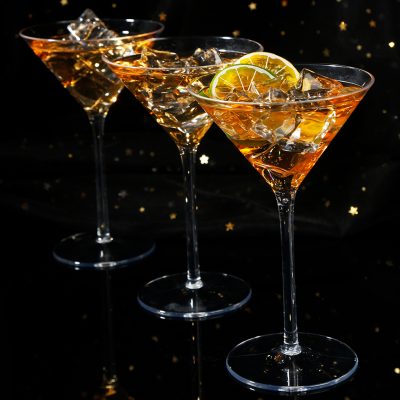When it comes to wine, many people will have different scenes in their minds, it may be an exquisite dinner in a restaurant, it may be a little drunk to relax on a rest day, or it may be the phrase in a film and television work, “Come on a bottle of 82-year-old wine.” Phil”. No matter what kind of scene, wine is often associated with beauty and style, which also makes many people want to try wine.
In the face of all kinds of wines from all over the world, if you don’t know much about wines, it seems quite difficult to choose your favorite wine from the dazzling array of wines. In fact, it is not as difficult as imagined to choose the right wine. Today, Xiaobian will help you to quickly literate your illiteracy, so that Xiaobai can easily choose his favorite wine when choosing wine.
Is wine only red wine?
When it comes to wine, everyone’s first reaction may be red wine, that is, red wine. In fact, wine can be divided into three categories according to color: red wine, white wine and rosé wine. The difference in their color mainly depends on the grape variety and brewing process.
During the fermentation process of red wine, the wine liquid contacts the peel, and the natural pigments in the grape skin are incorporated into the wine liquid, and the wine naturally becomes a wonderful red color. In addition to pigment, the peel also contributes tannins to red wines. Tannins are the main cause of astringency in wine, and the more tannins in a wine, the more dry and astringent it will generally be when drinking. At the same time, tannin has a certain antioxidant effect, which is one of the important factors supporting the aging of wine. The tannin texture of high-quality wine will gradually become more supple during aging.
In the brewing process of white wine, there is almost no contact between the wine and the peel, so white wine has almost no tannins and is lighter in color, mostly pale yellow or lime green. Rosé winemaking is a bit more complicated, with the common practice of letting the juice of red grapes come into contact with the skins for a short period of time to obtain a light red color. There are also white and red wines mixed into rosé, but this practice is relatively rare, more common in the production of Rose Champagne in the Champagne region of France and some fruit-oriented wines in the New World region. Rosé wine.
What is the vintage of wine?
Simply put, a wine vintage refers to the year in which the wine grapes were harvested. For example, the label of a bottle of wine is marked with 2016, which means that the wine grapes of the wine were harvested in 2016. Because the weather conditions may vary greatly in different years, and the weather will directly affect the growth and final quality of the wine grapes, the style of the wine will also vary from year to year.
Today, however, many wineries can rely on more advanced planting techniques and extensive experience to deal with adverse weather conditions during the growing season and take good care of their vines. In addition, winemaking technology and equipment have been greatly improved compared to the past. Even in the face of challenging years, winemakers can still use a series of technical means and processes to reduce the impact, make up for deficiencies, and finally brew Good quality wine.
In addition, the age is not the older the better. For those wines with excellent aging potential, their aromas will gradually open up from an initial slightly jerky closed as they age, and finally reach a peak of the perfect balance of aroma, flavor and mouthfeel. After the peak period, the aroma and flavor of the wine will gradually fade away, and the taste will also become dull. Therefore, we need to choose the right time to drink these wines, not too early, not too late. For those wines that are not suitable for ageing, they reach their “peak” after bottling, so these wines have a short drinking period and should be enjoyed as soon as possible when young to appreciate their light and lively character and freshness fruit flavor.



















